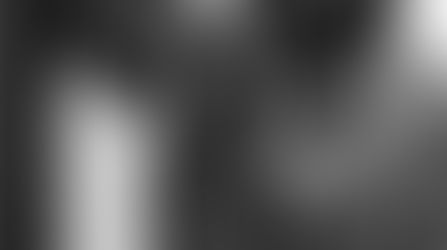Storytelling in Different Mediums
- blueshiftjournal

- Dec 26, 2015
- 3 min read
by ingrid pan, graphics designer
I first began storytelling before I could talk. As a toddler, I scribbled the most obscure images of puppies and unicorns. There was one particular masterpiece where I was practicing squiggles, so I juxtaposed a frog and a watermelon, connecting the two with the same dark and light green pattern. Nothing was expected of me, so I could throw away reality -- which, to be fair, I had little grasp of at the time -- and wander off beyond the end of the universe. My stories were these green watermelons and purple skies, and that was that.
As a Chinese-American immigrant, words weren’t easy. But once I learned to speak in complete sentences, I began to weave stories for those around me. Many times, I was told that the creations in my mind didn't exist. I’d claim they were miracles, and I’d keep going. Stuffed animals would be my props as I carefully explored the dynamics of dysfunctional furry families as a second-grader.
Music was another outlet for expression. I jumped around with a variety of styles and instruments: piano, cello, flute, and guitar. But the struggle to play the right notes prevented me from fully experiencing the art form rather than the practical skill.
I keep drawing, and my art became more elaborate. When formal training began in the studio, though, creativity vanished. Visual art became all about getting the closest proportions and the correct shade of grey. Prose was another medium introduced to me, but the narrative outlines given to me seemed forced.
Years later though, writing was still tough. Up until the beginning of eighth grade, I longed for English class to be over. My teacher that year, though, was so fascinated by Edgar Allan Poe that I was inspired to reread The Raven over and over again in order to have a conversation about the emotional loss of Lenore. It was then that I began using poetry to tell stories.
Free verse was just that -- freeing. I could express anything and everything with all the emotion I wanted through unrestricted stanzas and the most obscure line breaks. Angsty me made a point to add extra spaces between phrases to slow down the reader to feel the sadness of that moment. e. e. cummings was all I read, especially the poems with brackets and broken words and zero capitalization.
It was all wonderful, but I craved the visual arts again. My eye was trained to spot the perfect color scheme and composition, so photography and graphic design came easy. Once I figured out how to use a DSLR, my focus shifted to media arts. Hours each day were spent playing with typography and gradients. And luckily for me, I could still incorporate poetry into design through my work here.
Film was another world of new software and new possibilities. At first glance, this was one more medium. But they’re not just that. Moving pictures and digital images allowed me to bring together all the skills I’ve gathered throughout the years to effectively communicate a story -- visually, musically, and verbally. I would draft the perfect shot with a voiceover in written form: “Close-up, short depth of field, focus on the upper right third. She describes the purpose of her organization while solemn but major-scaled piano fades out in the background. Add black and white lower third with name and title. VO: Dr. Audrey Kwong is the co-founder and resident doctor at HomeFirst Respite Center.” Then, I’d sketch the storyboard and set up the camera and mic. And the story would flow from there.
I’ve got all these mediums to pick from. And after bouncing between them all, I finally combine them all into multimedia.










































Comments